About Tamoxifen
Tamoxifen is a nonsteroidal antiestrogenic drug, utilized primarily in the treatment and prevention of breast cancer. It functions by binding to estrogen receptors in various tissues, inhibiting the effects of estrogen, a hormone that can promote the growth of breast cancer cells. Tamoxifen is often prescribed for patients with estrogen receptor-positive breast cancer and can be used in both premenopausal and postmenopausal women. Additionally, it has applications in male breast cancer and as a preventive measure for high-risk individuals.
Chemical Composition
The chemical name for Tamoxifen is (Z)-2-[4-(1,2-diphenyl-1-butenyl)phenoxy]-N,N-dimethylethanamine. Its molecular formula is C26H29NO, with a molecular weight of 371.51. The active ingredient in the medication is Tamoxifen citrate, which is a salt form that improves the bioavailability of the drug.
Dosage Forms and Strengths
Tamoxifen is available in tablet form for oral administration. The tablets are typically produced in strengths of 10 mg and 20 mg. The medication may also be found as a solution for oral administration in some regions or for clinical use.
Indications and Usage
As an adjuvant therapy, Tamoxifen is indicated for the treatment of node-positive breast cancer in postmenopausal women following total mastectomy or segmental mastectomy, axillary dissection, and breast irradiation. In premenopausal women, Tamoxifen may be combined with other treatments such as chemotherapy. Tamoxifen is also used to treat metastatic breast cancer in both men and women, and in the reduction of breast cancer incidence in high-risk individuals.
Administration Recommendations
The typical daily dose of Tamoxifen for adults with breast cancer is 20 mg. However, doses up to 40 mg can be prescribed, under which circumstance the dose should be split and taken twice daily – morning and evening. Tamoxifen can be taken with or without food, and patients should be advised to swallow tablets whole, not to split, chew, or crush them. Continuous administration for five years is standard, but some situations may warrant longer therapy.
Pharmacokinetics
After oral administration, Tamoxifen is rapidly absorbed, with peak serum levels reached within 4-7 hours. The drug undergoes extensive metabolism in the liver by hydroxylation, demethylation, and conjugation, resulting in various metabolites. The elimination half-life of Tamoxifen is typically around 5 to 7 days. Its metabolites, especially 4-hydroxytamoxifen and endoxifen, are also potent antiestrogens and contribute significantly to the therapeutic effect. Excretion is mainly through fecal matter, with a small percentage eliminated by the kidneys.
Drug Interactions
Concomitant use of Tamoxifen with certain medications may alter its effectiveness and/or toxicity. Strong inhibitors of CYP2D6 (such as paroxetine, fluoxetine, quinidine, cinacalcet, or bupropion) should be approached with caution because they can significantly reduce the plasma concentrations of Tamoxifen’s active metabolite, endoxifen. Additionally, co-administration with anticoagulants like warfarin may increase the risk of bleeding events. Drugs that induce CYP3A4 activity could potentially decrease Tamoxifen’s efficacy.
Adverse Reactions
Common adverse reactions include hot flashes, vaginal discharge or bleeding, and menstrual irregularities for premenopausal women. Less common but more serious side effects encompass thromboembolic events such as deep vein thrombosis or pulmonary embolism, ocular disturbances, and endometrial changes including hyperplasia, polyps, cancer, and sarcoma. Tamoxifen has been associated with an increased risk of developing uterine malignancies, stroke, and pulmonary embolism, particularly in long-term users or at high doses.
Patient Monitoring
Monitoring during Tamoxifen therapy is crucial. Before initiating treatment, patients should undergo a full gynecologic examination. Throughout treatment, regular gynecological follow-up, breast exams, mammography, liver function tests, and complete blood count (CBC) are recommended. Patients should be observed for signs and symptoms of venous thromboembolism and any visual disturbances should prompt a complete ophthalmologic evaluation.
Use in Specific Populations
For pregnant women, Tamoxifen is contraindicated as it can cause fetal harm when administered to a pregnant woman. Lactating women should also not take Tamoxifen because of the potential risk to the nursing infant. In the case of pediatric patients, the safety and effectiveness of Tamoxifen for the treatment of breast cancer or for risk reduction of breast cancer have not been established.
Storage Conditions
Tamoxifen tablets should be stored at room temperature, between 20°C to 25°C (68°F to 77°F) and protected from light and moisture. The medication bottle should be kept tightly closed and out of the reach of children.
Disposal of Unused Medication
Unused or expired Tamoxifen should be disposed of according to local regulations. Patients should be instructed to avoid flushing the medication down the toilet or throwing it into household waste. Instead, take advantage of drug take-back programs or consult with the pharmacy or local waste disposal company on safe disposal practices.

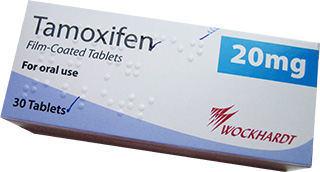
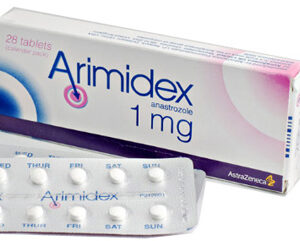
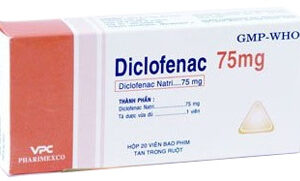
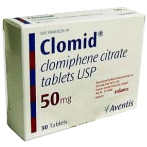
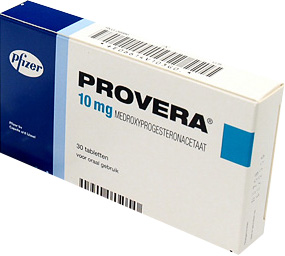

Reviews
There are no reviews yet.